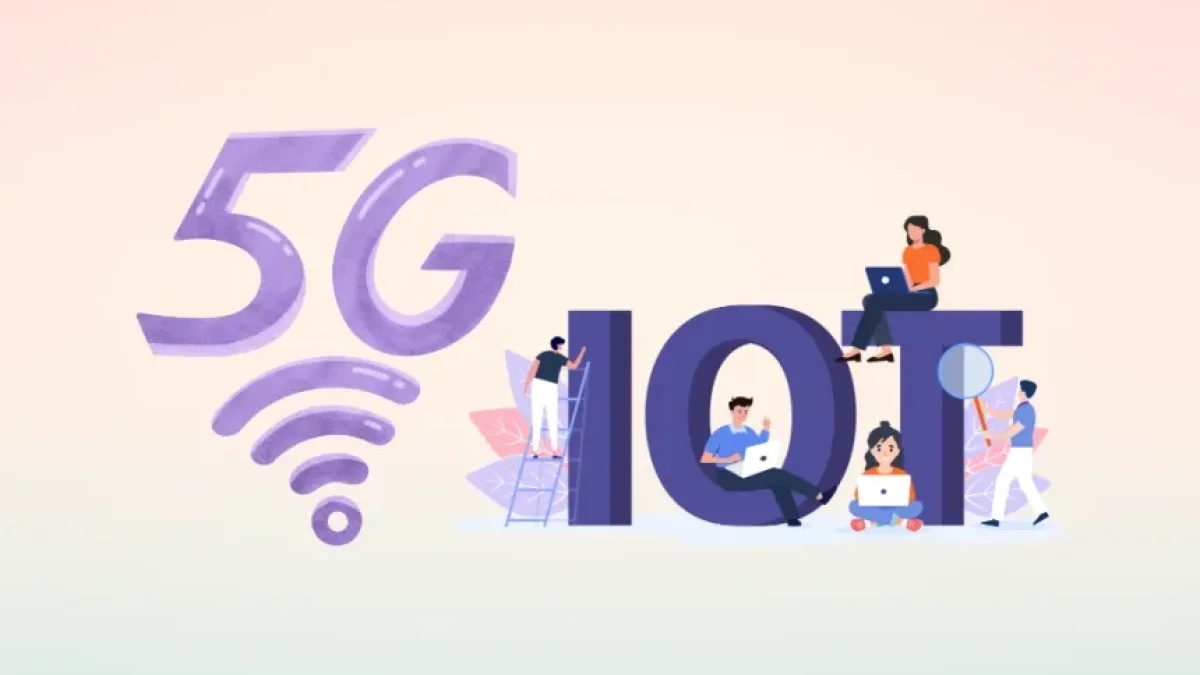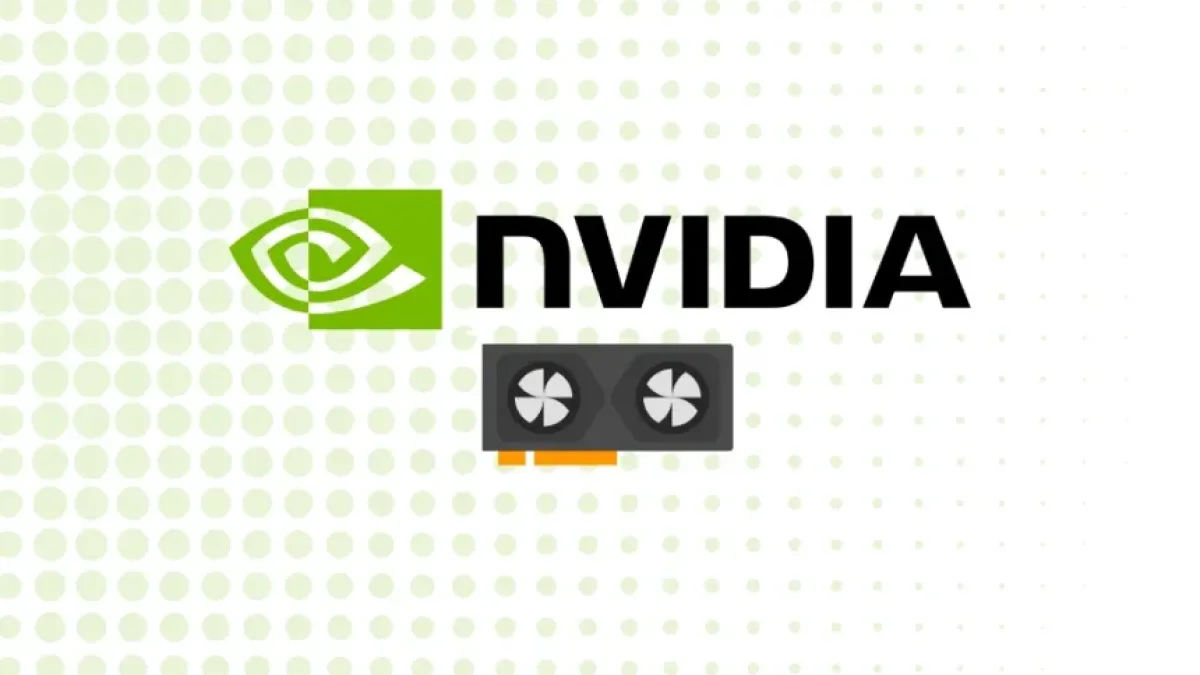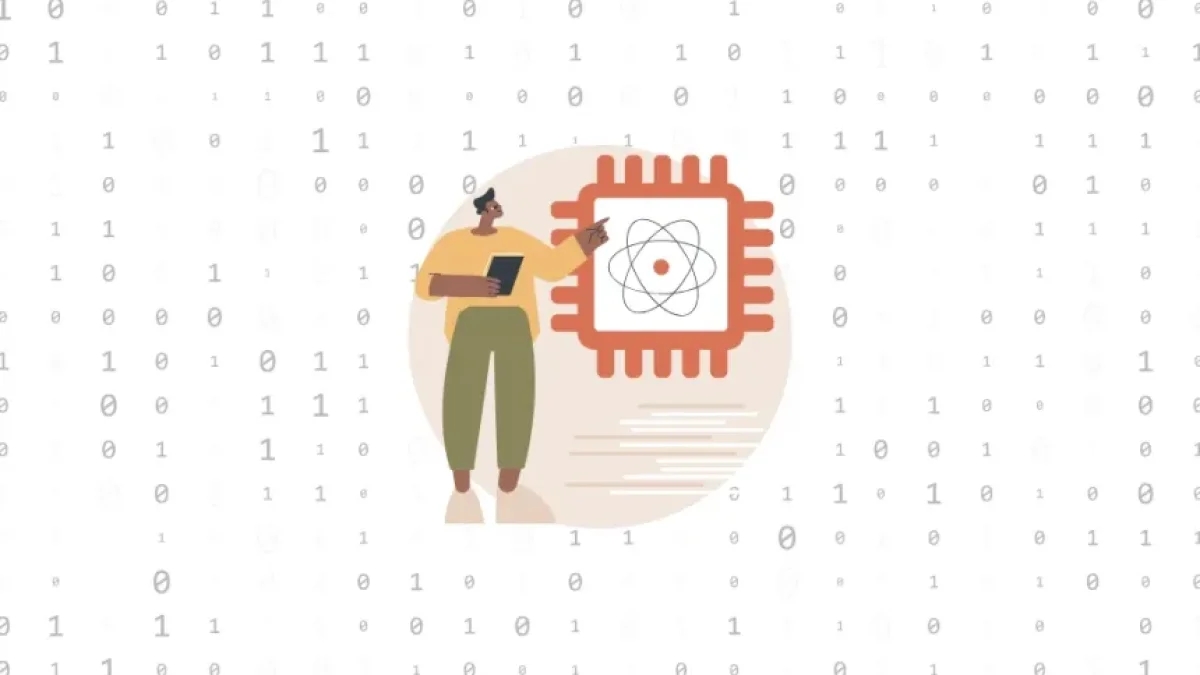How 5G is Driving the Development of the Internet of Things (IoT)


The evolution of communication technologies has drastically changed the way we interact with the world. With the advent of the 5G network, the development of the Internet of Things (IoT) has gained new momentum. In this article, we will explore how 5G is transforming the IoT landscape, enabling innovative applications and improving connectivity.
What is the Internet of Things (IoT)?
The Internet of Things (IoT) refers to the interconnection of devices and objects via the internet, allowing for the collection and exchange of data without the need for human intervention. These devices, which can range from household appliances to industrial sensors, communicate with each other to optimize processes, enhance efficiency, and provide a more personalized experience for users.
Benefits of IoT
- Automation: Connected devices enable the automation of tasks, saving time and reducing errors.
- Real-time monitoring: IoT systems can collect data in real-time, facilitating informed decision-making.
- Predictive maintenance: Through data analytics, it is possible to anticipate failures and schedule maintenance before serious problems occur.
The 5G Revolution
Features of 5G
5G is the fifth generation of mobile network technology and is characterized by:
- High speeds: Download speeds can reach up to 10 Gbps, allowing for the rapid transfer of large volumes of data.
- Low latency: The latency of 5G is as low as 1 ms, compared to 30-50 ms with 4G, meaning that communication between devices is almost instantaneous.
- Massive connectivity: 5G can support millions of connected devices in a small area, allowing for greater density of IoT devices.
How 5G Drives IoT
1. Improved Connectivity
5G allows for more stable and widespread connectivity, which is crucial for the functionality of IoT networks. With the capacity to connect more devices simultaneously, IoT applications can operate more efficiently in both urban and rural environments.
Read also
2. Data Transmission Capabilities
The high data transmission speeds of 5G mean that devices such as high-definition security cameras or autonomous vehicles can send and receive data almost in real-time. This is essential for applications that require immediate responses.
3. Automation of Industrial Processes
In the industrial sector, 5G is enabling the automation of factories and the implementation of smart manufacturing. By connecting machines and robots through 5G, companies can analyze the operation of their equipment in real-time, optimizing production and reducing downtime.
4. Expansion of IoT Applications
IoT applications are becoming more complex and advanced thanks to the capabilities of 5G. This includes everything from health monitoring with wearable devices to autonomous cars that need to continuously communicate with their environment.
Read also
Challenges Facing the Integration of 5G and IoT
Despite the opportunities presented by 5G, there are also challenges that must be overcome:
1. Infrastructure
The implementation of 5G requires significant infrastructure, including signal towers and networks that need to be upgraded or built from scratch. This is a costly and time-consuming process.
2. Security
With an increasing number of connected devices, the attack surface for cybercriminals expands. There is a need to invest in more robust security measures to protect data and connections.
3. Standards and Regulation
Standardization of IoT technologies and regulation of 5G usage are aspects that are still under development. Policies and regulations are essential to ensure the proper and safe use of these technologies.
Future of 5G and IoT
As technology advances, the combination of 5G and IoT is shaping a more connected and efficient future. Industries are beginning to adopt these technologies, and it is expected that in the coming years they will become more common in people's daily lives.
1. Smart Cities
The development of smart cities, where traffic, utilities, and infrastructure are managed through connected IoT devices, will greatly benefit from 5G.
2. Digital Health
5G will facilitate the use of connected medical devices, enabling remote monitoring and thereby improving patient care.
Conclusion
5G is set to transform the landscape of the Internet of Things, offering significant improvements in speed, capacity, and connectivity. As current challenges are overcome, we will see exponential growth in the adoption of IoT technologies, promising to revolutionize multiple sectors and improve quality of life across the globe. Adapting to this new era will be crucial for both businesses and consumers alike, establishing a future where connectivity and automation are the norm.
This article has been designed to optimize visibility in search engines, making it easier for users to find relevant information on how 5G is driving the development of the Internet of Things.



















